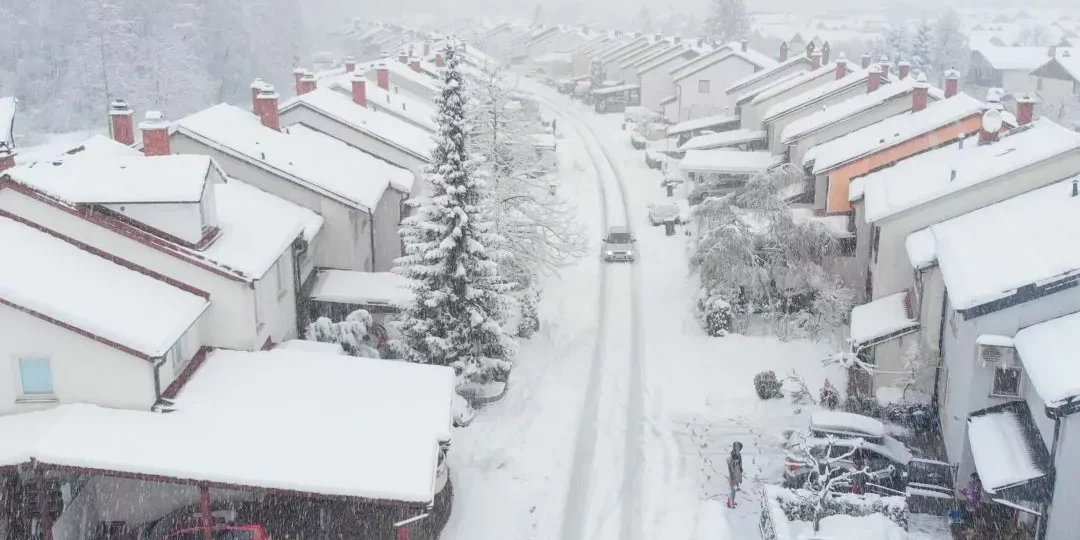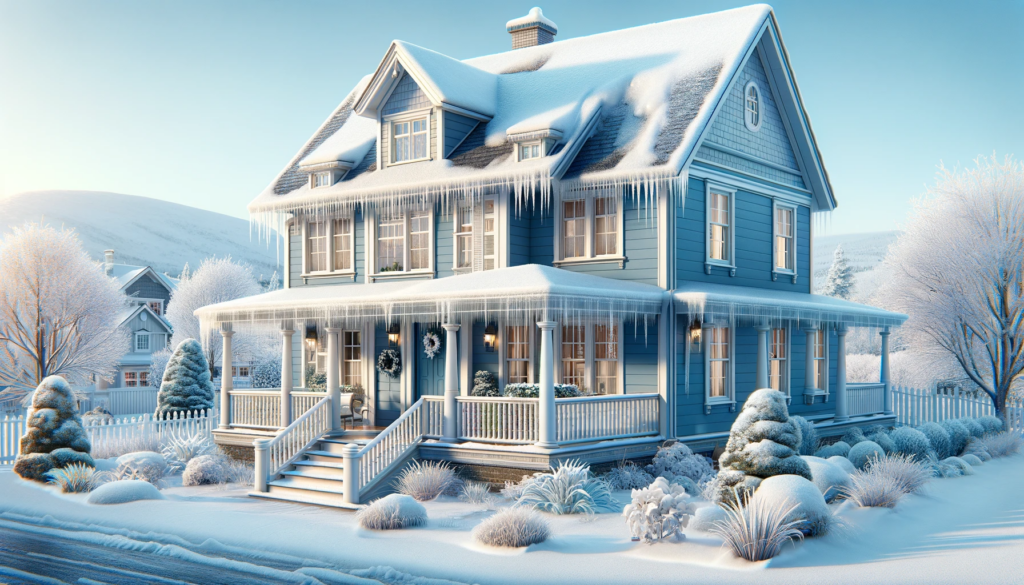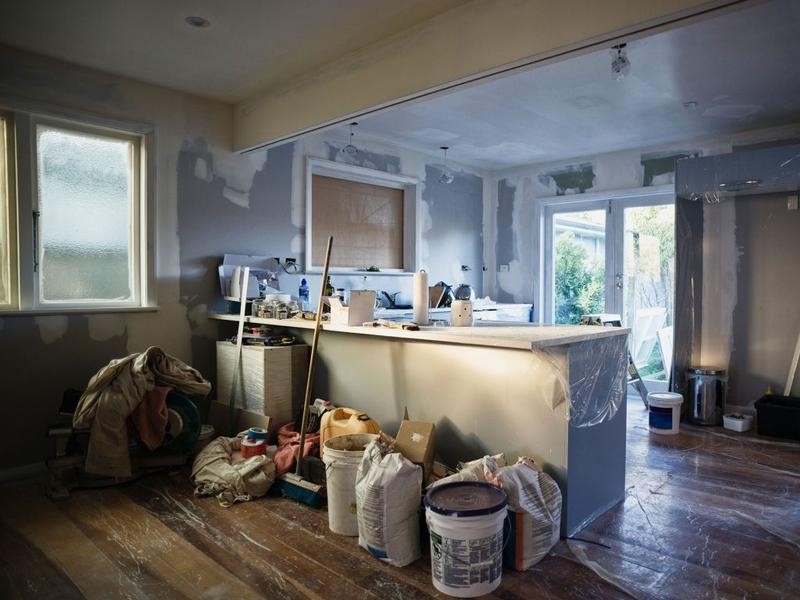
Boost Your Home’s Winter Resilience with Cold Weather Building Materials
Understanding Cold Weather Building Materials
When it comes to modifying your old home to withstand the freezing Canadian winter, choosing the right building materials is crucial. Cold weather building materials have unique properties designed to stand up to the harshest conditions. They work in synergy with your home’s insulation regime to increase its energy efficiency, decrease utility costs, and provide a comfortable indoor temperature even during the peak of the winter.

Strengthening with Window and Door Replacement
In older homes, one of the most successful renovations starts with window and door replacement. Traditional materials often fail to provide the necessary insulation and are likely to allow drafts. On the other hand, replacement with winterproof home materials such as Low-E glass windows and foam-insulated steel or fiberglass doors could significantly enhance heat retention.
Insulated Materials for Homes
Insulated materials are another key component of winterizing homes in harsh climates. It goes beyond your roof and walls. Consider using insulated sheathing on exterior walls, insulated concrete forms for foundational structures, and sprayed foam for attic and crawlspace insulation. They add an extra layer of protection against possible heat loss, keeping your home cozy throughout the biting winter.
Pre-renovation Considerations
- Consult with a home improvement specialist to assess your current situation and determine the best materials for your circumstances.
- Remember that higher upfront costs can lead to significant long-term savings on heating bills.
- Choose environmentally friendly renovations to increase property value and appeal to green-conscious buyers or renters in the future.
Canadian winter construction involves much more than just aesthetic enhancement. Undertaking these renovations will ensure not only a warm and comfortable winter but also the longevity of your property. Your home will emerge not just well-built but well-proofed, ready to take on the brutal Canadian winter in stride.

Exploring the Benefits of Cold Weather Building Materials
Renovations aimed at enhancing the energy efficiency and warmth of your home can prove invaluable during the severe Canadian winter. The selection of cold weather building materials can significantly determine the overall comfort and coziness of your home during the winter months. These materials are specially designed to retain heat more effectively, work in harmony with your existing insulation, and subsequently lower heating costs.
Upgrading Windows and Doors for Winter Comfort
Replacing windows and doors is a fruitful start for weatherizing older homes. Traditional materials often fall short when it comes to preventing drafts and insulating effectively. However, incorporating winter-specific materials such as foam-insulated steel doors or Low-E glass windows can substantially improve heat retention; making your home snug and warm.
The Advantage of Insulated Materials
The use of insulated materials is a crucial aspect of adapting homes to unforgiving climates. This applies not only to obvious areas like roofs and walls but also less obvious spaces like the exteriors and the foundation. Consider employing insulated sheathing for exterior walls, insulated concrete forms for foundational structures, and sprayed foam in attics and crawlspaces. Such materials fortify your home against heat loss, ensuring it remains comfortably warm during the coldest months.
Things to Remember Before Starting Renovations
- Take the advice of a home improvement expert to assess the current state of your home and identify the most suitable materials for your specific needs.
- Keep in mind that initial expenditure may be high, but the subsequent savings on heating costs make them worthwhile investments.
- Opting for eco-friendly renovations not only benefits the environment but also raises the overall property value and its appeal to prospective buyers or renters.
Winter-based renovations involve far more than just visual upgrades. They ensure your home can withstand harsh Canadian winters while providing comforting warmth and longevity to your property. Your home becomes not just well-constructed but also well-insulated against the cold.
3rd part:
How to Maintain your Newly Renovated Home
After completing the renovations and integrating cold weather building materials into your home, maintenance is the next important step. Regular maintenance helps sustain the effectiveness of these materials, ensuring your home remains warm and cozy through the harsh Canadian winters. It is crucial to regularly conduct checks on the insulation, especially after snowstorms or particularly frigid days.

Door and Window Health Inspections
Your newly installed window and door replacements need scheduled inspections. Make sure the seals around these installations remain tight. If you notice gaps around windows or doors, resealing these areas will prevent cold drafts from entering and warm air from escaping.
Maintaining Insulated Materials
Insulated materials, due to their crucial role in heat retention, require prompt attention when damages occur. Any damages in these materials could lead to heat loss. Fixing damages and promptly reacting to potential problems will ensure your home stays warm during the frigid Canadian winters.
Winter Maintenance Checklist
- Schedule regular check-ups for window and door insulation.
- Monitor the condition of insulated materials used in the attic, walls, and crawlspaces.
- Ensure all door and window seals remain intact.
In conclusion, revamping your home with cold weather building materials enhances not only the comfort during severe winters but also adds to the lifespan of your property. However, these advantages persist only with regular maintenance and care of these installations. With these efforts, your home is guaranteed to weather the worst of Canadian winters effectively and efficiently.
